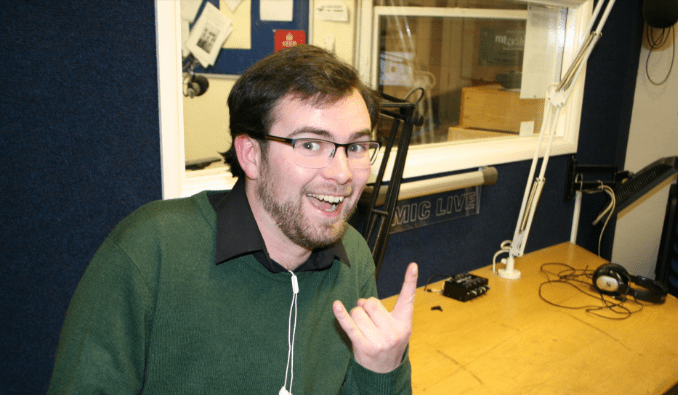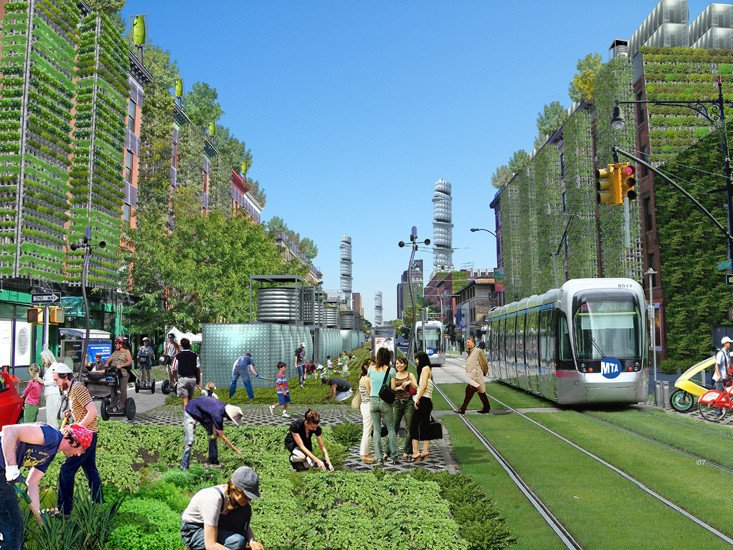Newsletter for the weekend of 11th-13th of May 2018
Hello and welcome to another CrowdLeaf newsletter 🙂 Vicky is away this week, usual service will resume when she’s back. This weeks newsletter is jam packed full of green and sustainable goodness. With two guest articles coming out in the last week, I point to the upcoming event as listed below, the Brave New World […]
For a plastic free revolution we need new lenses by @MarIntroini
A simple question – one in which Mar asked me (@rwscarter- Ryan) about recently while I was on the radio, what is more important? Education or Innovation? Well here is her answer. A matter of Education or Innovation: which “lenses” come first? For a real plastic free revolution we need a solid educational framework […]
Start a #Sustainability #Movement in Your #Organization: Part 2 Building Buy-in : Wendy Firlotte @EngageIntl
Increasing employee involvement in workplace sustainability programs is one of the top challenges for organizations. This is not surprising as most businesses face issues with competing priorities, while implementing programs that are informal and voluntary. This post is going to make a departure from the usual topics that are discussed about sustainability buy-in. It will focus on three […]
Start a #Sustainability #Movement in Your #Organization: Part 1 – Steps to Follow : Wendy Firlotte @EngageIntl
When I talk to organizations of all sizes and functions, their biggest pain point is essentially the same, lack of participation. Consistently, the two biggest challenges I hear are obstacles to increasing stakeholder buy-in and deal with competing priorities in the workplace. In corporate responsibility & sustainability, we talk about being purpose driven and embedding […]
Used cups are a problem – Daizyp a solution.

Used cups are not only a challenge for recycle depending on materials and waste management, but also a big waste of space when binned and thrown away and into trash bins. Too often we walk along streets and see trash cans quite exploding or worst we have to deal with this problem in our offices […]
Announcement of a regular Green Show on @VoiceFMradio by @rwscarter

Some of you have already listened to @rwscarter on VoiceFm recently, some of you are so dedicated that you have heard both of his appearance so far. Credit where it is due, that cannot have been as easy as listening to Adam from Green Hampshire or Denise from ‘Eco Hair and Beauty‘. Both the earlier […]
In conversation with @barryejames – Crowdfunding: Deep Impact Conference

CrowdLeaf is a proud sponsor for Thursday the 24th of November’s Crowdfunding: Deep Impact Conference. @rwscarter did an interview with Barry James the brain child and man in charge for the conference. Barry is CEO of the Crowdfunding Center and Secretary of the All Party Parliamentary Group on Crowdfunding among many other positions, ventures and […]
@MarIntroini : The Resilient Cities System. That is #Sustainable & #Green #Cities

I would like to take this opportunity to once again thank the great @MarIntroini for writing another guest post for us. The piece was also posted here on Mar’s blog. Resilience seems to be just another fashion word that defines the need of renewed architecture projects and technology systems. However resilience is a holistic concept that demands […]
The C02 soaking Sponge made with …. Baking Soda

CrowdLeaf, we have a problem, a big one. A problem I do not need to tell you, your probably here reading this because you know of this problem. C02 emissions and the catastrophic damage it causes to our climate and environment. The collective problem of climate change, needs a collective response. So on this the […]
 0
0 19
19